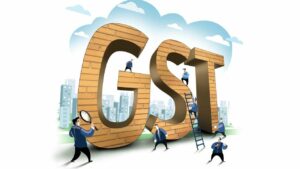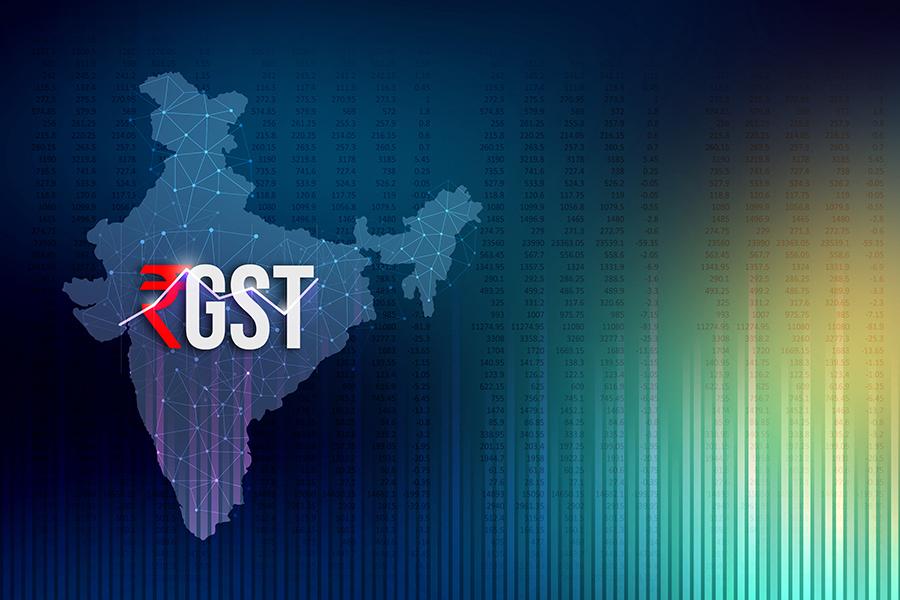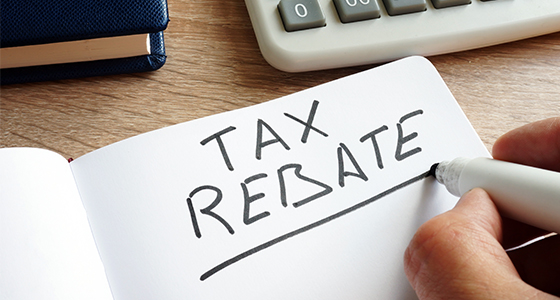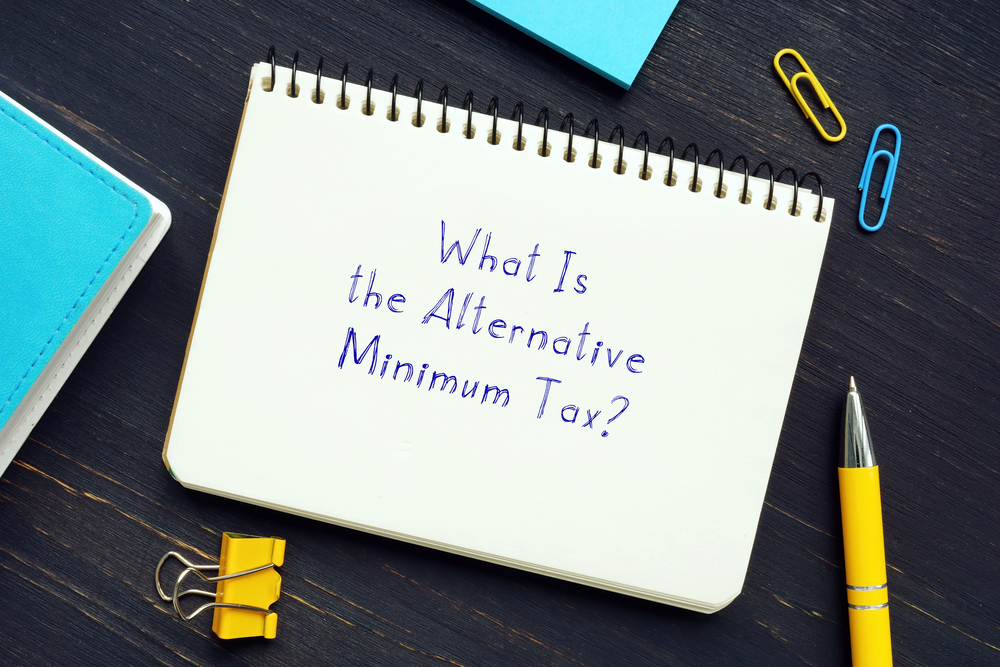After GST implementation on 1st July 2017, the sale of old and used vehicles is taxable at the same rate as applicable on new ones. The GST on the sale of old vehicles was 28% plus additional cess which was up to 15%. Hence, the effective GST on the sale of old vehicles is 43%. However, higher tax rates were a burden on the used vehicle market due to lower sales.
Motor Vehicles are classified into three categories:
- Motor vehicles for the transport of ten or more people, including the driver. For example, Passenger buses.
- Motor cars and other motor vehicles primarily designed for transporting people other than the people mentioned above. For example, Diesel and Petrol cars, Electric Vehicles, etc.
- Motor Vehicles for transport of goods. For example, trucks and lorries.

Reduction in GST on sale of old vehicle
- Government-issued Notification No.8/2018 Central Tax Rate. According to this, every registered person shall pay GST on the sale of old vehicles as per the supply margin. This scheme is applicable w.e.f. 25/01/2018. The notification reduced GST on the sale of old vehicles:
| Sr no | Type of vehicle | GST Rates |
| 1 | Old LPG or CNG driven vehicle of an energy capacity of 1200cc or more and 4000mm or more in length | 18% GST (9% CGST + 9% SGST) |
| 2 | Old LPG or CNG driven vehicle of an energy capacity of 1500cc or more and 4000mm or more in length | 18% GST (9% CGST + 9% SGST) |
| 3 | Old LPG or CNG driven vehicles of energy capacity exceeding 1500cc i.e., SUV (Sports Utility Vehicles) including utility. | 18% GST (9% CGST + 9% SGST) |
| 4 | All vehicles other than mentioned above. | 12% GST (6% CGST + 6% SGST) |
- Under Notification No. 1/2018 Compensation Cess Rate government exempted the cess applicable on the sale of vehicles.
- Concessional rates are not applicable if one avails input tax credit under GST or CENVAT Credit Rules or ITC under State Vat.
- If the motor vehicle was purchased before 1/07/2017 (before the implementation of GST) and CENVAT credit was not availed, the GST applicable is 65% of the usual rate. If the vehicle was given for financial lease, the GST applicable is 65% of the normal rate. This is as per Notification No. 37/2017-CT (Rate) dated 13/10/2017.
- If the motor vehicle is purchased before 1/07/2017 and CENVAT credit was not availed then GST Compensation Cess will also be 65%. It is according to Notification No. 7/2017- Compensation Cess (Rate) dated 13/10/2017.

What is ITC and CENVAT credit?
Input tax is the net tax paid by the manufacturer to the government after deducting the tax paid on supplies. The manufacturer pays ₹300 on the purchase of raw materials (purchase price includes the GST amount paid by the suppliers). The output tax is ₹450. He can claim an input tax credit of ₹300. Hence, the net tax paid is ₹150. GST is always calculated on the supply of goods and services.
CENVAT reduces cascading taxation and the overall tax liability of the manufacturer and consumer. A manufacturer pays excise duty i.e., an indirect tax during the production of goods within a country. CENVAT credit is applicable for capital goods. It is like a credit balance in the bank account that gets adjusted towards the excise tax payable. For example, Mukesh purchases raw materials from Ravi for manufacturing toys. Ravi paid ₹50,000 excise duty to manufacture those materials which was added to the price at which he sold the goods to Mukesh. Therefore, Mukesh has to pay ₹60,000 as excise duty for manufacturing those goods and bear ₹50,000 paid to Ravi. Hence, under CENVAT credit Mukesh can take the credit for excise duty paid by Ravi. Therefore, the net tax liability would be ₹10,000.
Valuation of Old Vehicles for GST calculation
The value of old vehicles is taxable according to the Margin of Supply.
In case Depreciation is availed under Income Tax Act then the margin of supply is the difference between the sales consideration and written down value (depreciation amount). Tax will get calculated on such margin. As per Income Tax Act, income tax gets computed on a block of assets but in this case, it is calculated on the specific motor vehicle.
In other cases, the margin of supply is the difference between sales and purchase price. Tax is calculated on the margin and is ignored if the margin is negative. Negative evaluations are not exempt. Hence, there is no reversal of ITC under Rule 42 or Rule 43 of CGST 2017.
The valuation of motor vehicles for a person dealing in buying and selling of car is according to the Rule 32(5) of CGST Rules 2017. Dealers can supply the goods as such or after minor proceedings that will not change the nature of the goods. If one does not claim input tax credit then the supply margin is the difference between the sales and purchase price.
If Central Government, State Government, Union Territory or local authority sells old vehicles to a registered person or lottery distributor then GST is applicable as per reverse charge. This is according to the Notification No. 4/2017-CT (Rate) dated 28/6/2017. According to the reverse charge, the recipient is liable to pay taxes. For instance, an agriculturist purchases truck from the government for ₹1 lakh and the tax applicable is 12%. According to reverse charge, the recipient i.e., the agriculturist pays taxes instead of the government.
If any government authority sells old vehicles to an unregistered person, they shall obtain GST registration and pay GST-para 1 of CBI&C.

Illustration on GST on sale of old vehicle
Mr. X, a car dealer, situated in Mumbai purchased a petrol car with an engine capacity of 1490cc and 3800mm for ₹4,00,000 from an unregistered person in the same state. After minor changes, he sold the car for ₹6,00,000.
Scenario 1: Before or on 1/10/2017
Sales consideration: ₹6,00,000
Purchase Price: ₹4,00,000
Supply Margin: ₹2,00,000
Hence the tax applicable is 28% tax+15% cess
| Supply Margin | 2,00,000 |
| GST (28%) | 56,000 |
| 2,56,000 | |
| Cess (15% on 2,56,000) | 38,400 |
Hence the total tax liability is ₹94,400 (56,000+38,400).
Scenario 2: After or on 25/01/2018
Sales consideration: ₹6,00,000
Purchase Price: ₹4,00,000
Supply Margin: ₹2,00,000
| Supply Margin | 2,00,000 |
| CGST (9%) | 18000 |
| SGST (9%) | 18000 |
| Cess | Nil |
Hence the tax liability is ₹36,000 (18,000+18,000). The tax liability was reduced significantly from ₹94,400 to ₹36,000 when GST was implemented on 25/01/2018.




